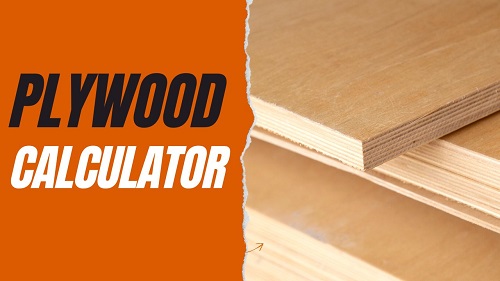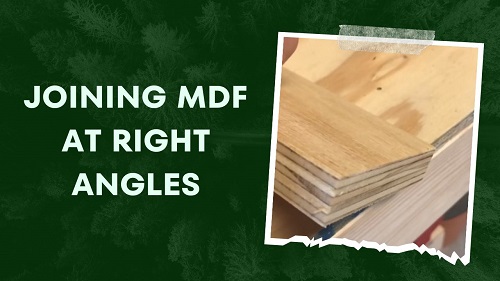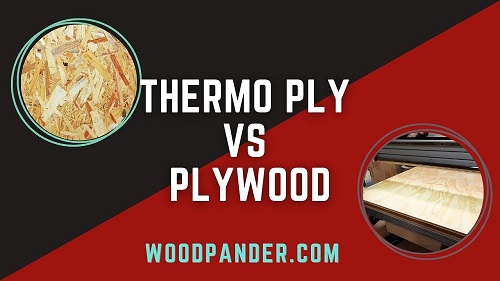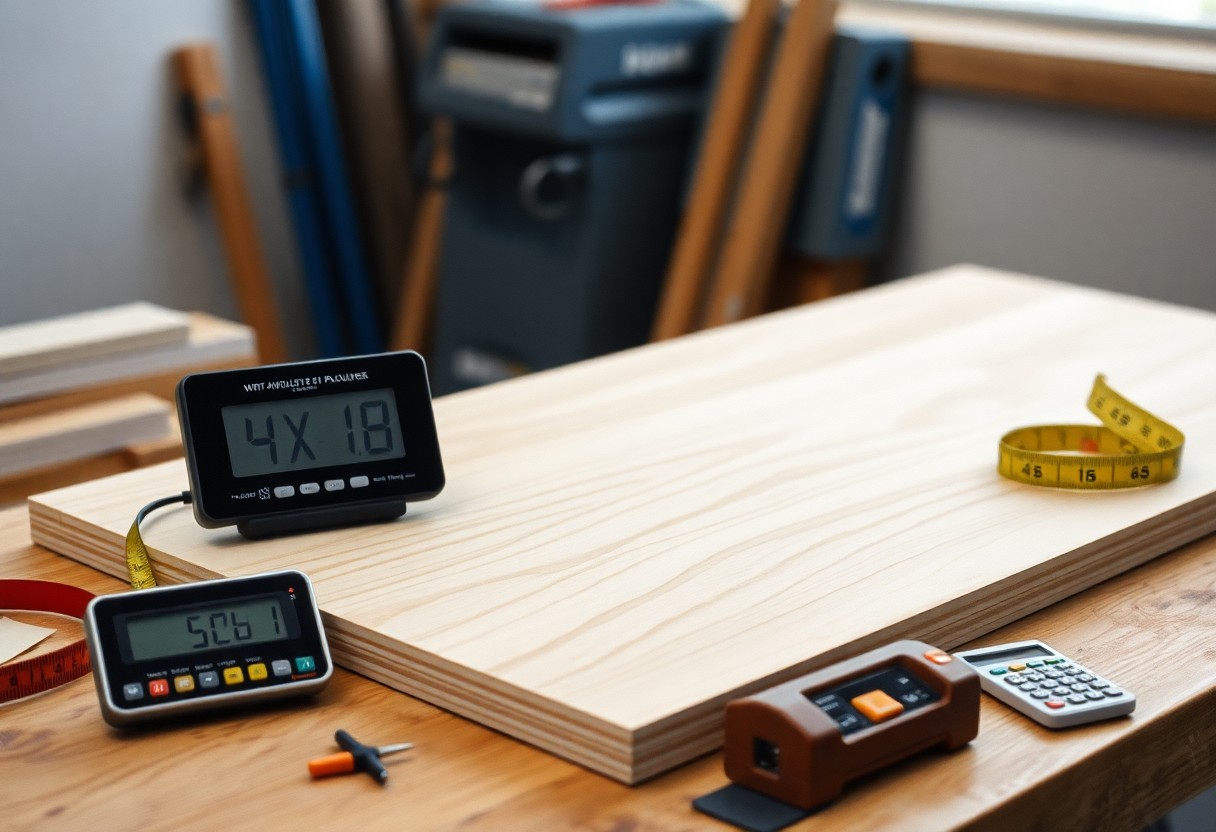Plywood is a versatile material that can be used for a variety of purposes. If you are interested in crafting furniture or anything else using plywood, it is essential to have knowledge of how to work with this material.
So, you must be thinking about how to fasten plywood together.
You can use finger joints to connect two plywood. Furthermore, a 90-degree corner connection can also be strengthened significantly. Moreover, rabbet and dado joints will also work well on fastening plywood sheets. Lastly, A scarf joint method unites sheets of plywood end to end without the use of glue.
Thus this isn’t enough for you to work on. If you have some time, then read the whole article in detail.
All it’s going to take is 5 minutes. Let’s dive into the methods.
How Should Plywood Be Fastened Together?
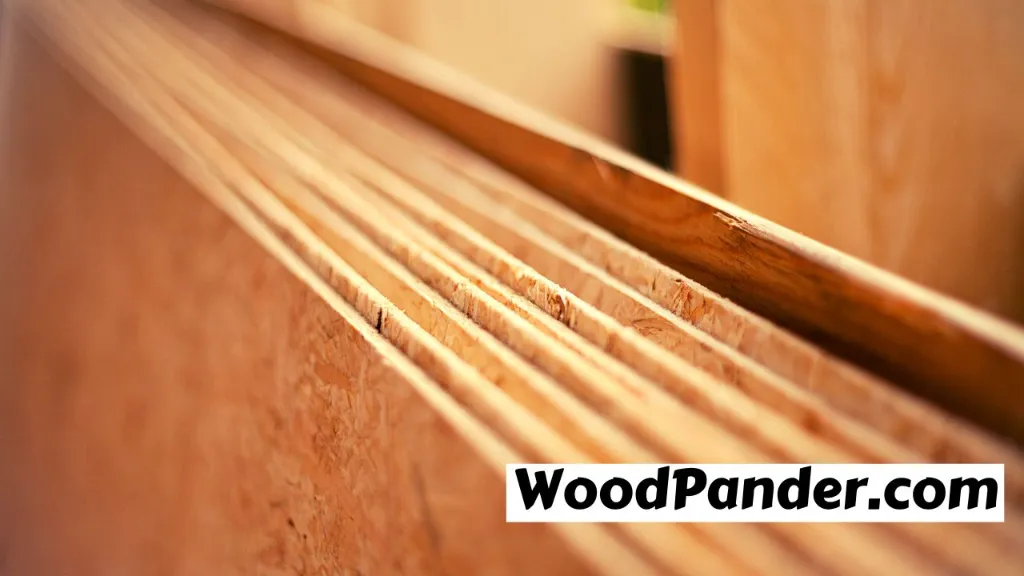
Some might wonder if it’s difficult to fasten plywood together, but luckily, it’s not tough at all! One reason can be the materials the plywood is made of.
The most important advantage is that the methods of fastening plywood are really simple. You can easily fasten two or more pieces of plywood yourself.
All you have to do is go through any of the five easy methods below. You can choose any of the methods. Any of these methods will surely help you fasten the plywood together.
Method 1 of 5: Finger Joint For Fastening Plywood
In this method, you connect two plywood panels together to make a finger joint. This way you can construct one long panel.
First, let notches and matching fingers milled into the ends of each piece. Allow them to fasten together.
Furthermore, apply glue to the finger joint connection and wait to strengthen it. Then you will see the meshed fingers are plainly apparent in the completed joint.
Method 2 of 3: Box Joints For 90 Degree Corner Connection
A lot of people ask how to join two pieces of plywood at 90 degrees.
Box joint method is a very common method to fasten plywood. By following this, you’ll be able to fasten your plywood easily.
Now, make a finger cut and a square notch along the edges of the connected panels. Allow the components to fit nicely together. Then use glue just to make strong corner connections.
Box joints add significant strength to a 90-degree corner connection. At first look, they seem to be dovetailed, but they lack the angled cuts on the fingers.
The components fasten together tightly thanks to two items. These are fingers notches and square notches carved into the corners of the connecting panels.
Method 3 of 5: Scarf Joints To Connect Two Piece Of Plywood
A lot of people ask how to join two plywood sheets.
Well, it’s also quite an easy method. It will not only connect two pieces but also fasten the plywood together.
Now, without the use of glue or screws, join two sheets of plywood end to end. Each piece’s edge is cut at a shallow angle, extending the edge over a lengthy distance.
As a result, the two parts can overlap following the shallow-angle cuts. Which gives each component a large surface area for glue application.
Scarf joints are frequently used to connect sheets in boat construction.
Here is a list of the best joints for plywood:
| Joint Type | Strength | Difficulty | Aesthetics | Use Cases |
|---|---|---|---|---|
| Butt Joint | Moderate | Easy | Fair | Basic furniture, shelving |
| Lap Joint | Moderate | Moderate | Good | Cabinet frames, drawer construction |
| Dado Joint | High | Moderate | Good | Bookshelves, cabinets, strong and stable joints |
| Rabbet Joint | High | Moderate | Good | Drawer construction, cabinet backs |
| Mortise and Tenon | Very High | Difficult | Excellent | Fine furniture, premium cabinetry |
| Dowel Joint | High | Moderate | Good | Cabinets, furniture, provides alignment |
| Pocket Hole Joint | Moderate to High | Easy to Moderate | Fair to Good | Furniture, cabinets, hidden joinery |
Method 4 of 5: Rabbet And Dado Joints For Different Angles Of Plywood
Rabbet and dado are useful for connecting plywood sheets. At the corners or from one piece’s edge to the middle of another. These joints are frequently used in the construction of drawers, cabinets, and cabinet doors.
To proceed, make a groove in the face of the plywood along the edge for rabbet joints. Whereas for a dado, cut away from the edge to make a groove.
Then attach the plywood pieces using glue. By catching one component in the other, rabbet and dado joints give stability.
Method 5 of 5: Butt Joints To Attach Plywood
Butt Joints attach the plywood using both screws and glue to attach plywood together-
First, connect two pieces of plywood at a 90-degree angle or construct simple and effective end-to-end connections.
A third component termed a scab is used to bridge. Then you will see the two sections with adjoining edges in an end-to-end connection.
Then make the joint strengthened by applying wood glue. And even screws to the scab face and the edges that meet. Screws, in addition to adhesive, secure the scab to the other two sections.
Butt joints and box joints might seem similar but they are different methods. You can select between any one of them.
We have come to the end. Here are the methods of how to fasten plywood together. Pick anyone you like according to your preference.
Here is a product list of the best screws for plywood
| Screw Type | Features | Ideal For | Pros | Cons |
|---|---|---|---|---|
| Wood Screws | Coarse threads, tapered point | General plywood applications | Strong grip, easy to use | May split thin plywood, pre-drilling often required |
| Deck Screws | Corrosion-resistant coating, flat or bugle head | Outdoor plywood projects | Resistant to weather, durable | More expensive than standard wood screws |
| Cabinet Screws | Fine threads, thin shank | Cabinetry, furniture assembly | Strong holding power, less likely to split wood | May require a pilot hole for hardwood plywood |
| Particleboard Screws | Coarse threads, specifically designed for particleboard | Particleboard and MDF projects | Prevents particleboard splitting | Not ideal for other types of wood |
| Pocket Hole Screws | Coarse threads, washer head | Joining plywood at right angles | Concealed joints, strong connections | Requires a pocket hole jig and specific application |
See Also: How To Flatten Warped Wood Table Top.
Bottom Line
The purpose of the fastening between pieces of plywood varies. You might want to know how to fasten plywood together for various types of reasons.
But we hope you will get help from any of these methods. And lastly, we would like you to know you can always reach us in the comment box.
Hope to see you soon!
Related Questions
How do you join two pieces of plywood together?
If you follow the scarf joint method you can easily do it. A scarf joint connects two sheets of plywood end to end. It also doesn't require any glue or screws. To attach the pieces, the edges are sliced at a shallow angle.
How do you screw sheets of plywood together?
At first you have to use glue. Apply glue on the sheets of plywood. Then take a screw driller and drill into the plywood. After that, you can screw plywood sheets together.
What Holds Plywood Together?
A type of glue used in the manufacture of plywood. That is urea-formaldehyde. It helps to hold the plywood together. Melamine is also used in the making of plywood.
How to join plywood sheets?
There are several ways to join plywood sheets, including butt joints, lap joints, miter joints, rabbets, dadoes, and finger joints. The best method for you will depend on the strength requirements of the joint, the thickness of the plywood, and the tools and materials you have available.
How to seam plywood together?
Seaming plywood is the process of joining two sheets of plywood together end to end. The most common way to seam plywood is to use a butt joint. To do this, simply align the edges of the two sheets of plywood and fasten them together with screws or nails.
How to splice plywood together?
Splicing plywood is the process of joining two sheets of plywood together edge to edge. The most common way to splice plywood is to use a lap joint. To do this, overlap the two sheets of plywood by at least 1 inch and fasten them together with screws or nails.
How to glue plywood together?
To glue plywood together, simply apply a thin layer of wood glue to both mating surfaces of the plywood and clamp the joint together while the glue dries. Be sure to use the right type of wood glue for the job.
How to join plywood corners?
There are several ways to join plywood corners, including butt joints, lap joints, miter joints, rabbets, and dadoes. The best method for you will depend on the strength requirements of the joint and the appearance you want to achieve.
How many nails per sheet of plywood?
The number of nails you need per sheet of plywood will vary depending on the thickness of the plywood, the type of nails you are using, and the strength requirements of the joint. As a general rule of thumb, use at least two nails per stud.
Can you biscuit joint plywood?
Yes, you can biscuit joint plywood. Biscuit joints are a strong and versatile way to join plywood sheets together. To make a biscuit joint, you will need a biscuit joiner and biscuits.

